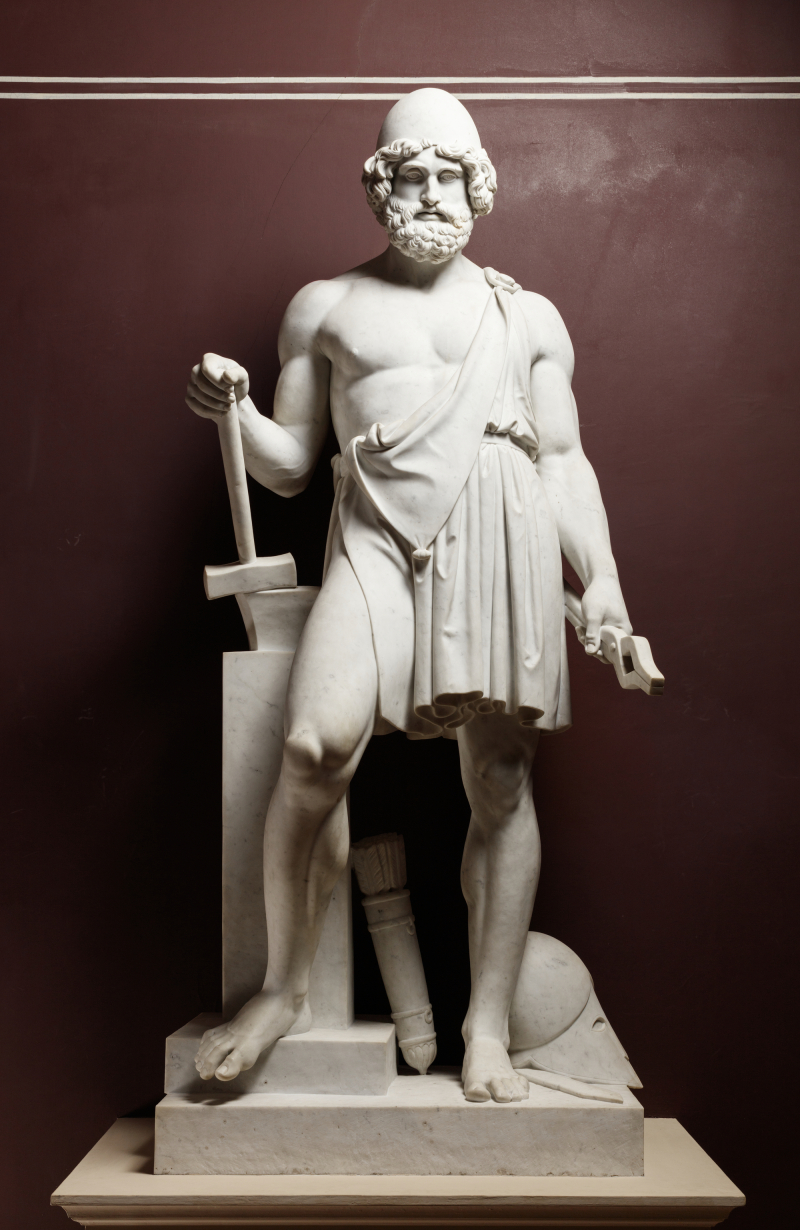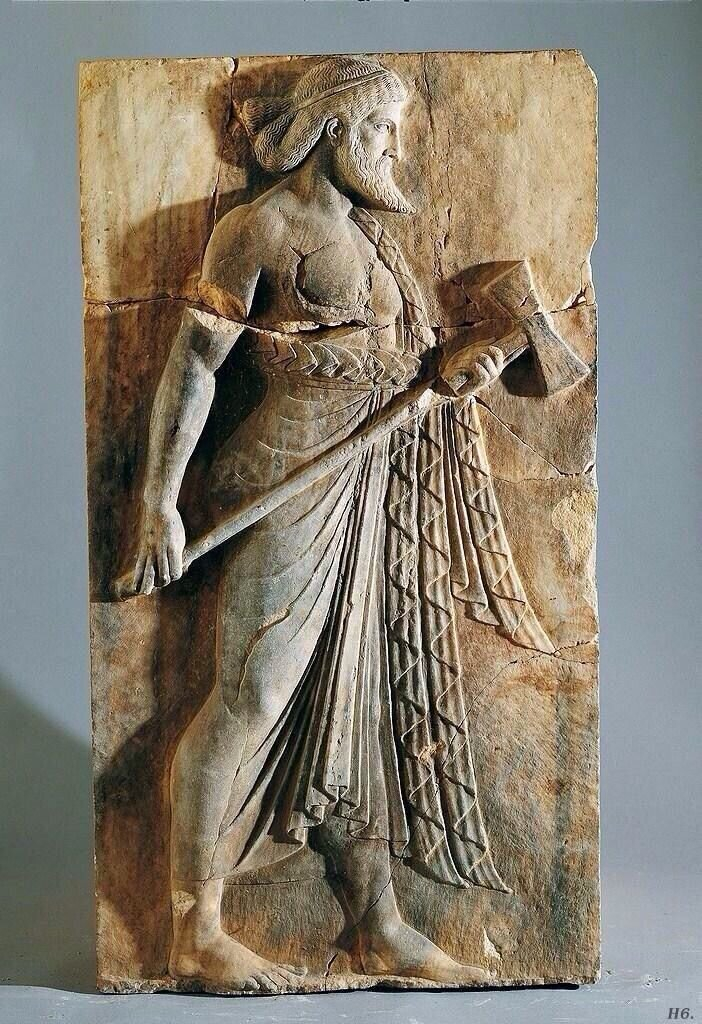Vulcan
One of the most famous Ancient Roman gods is Vulcan. In ancient Roman mythology and myth, Vulcan is the god of fire, especially the fire of volcanoes, deserts, metalworking, and the forge. He is frequently pictured wielding a blacksmith's hammer. The Vulcanalia was an annual festival conducted in his honor on August 23. Hephaestus, the Greek deity of fire and smithery, is his Greek equivalent. He is associated with Sethlans in the Etruscan religion. Vulcan is associated with the most primitive era of Roman religion: Varro, the ancient Roman scholar, and writer write in the Annales Maximi that king Titus Tatius dedicated shrines to a number of deities, including Vulcan.
The Vulcanal, Vulcan's oldest shrine in Rome, was located at the foot of the Capitoline in the Forum Romanum and was said to date to the archaic period of Rome's rulers, and to have been constructed on the location by Titus Tatius, the Sabine co-king, with a conventional date in the 8th century BC. The Etruscan haruspices believed that a Vulcan temple should be located outside the city, and the Vulcanal may have initially been on or beyond the city limits before they grew to include Capitoline Hill. On August 23, the Volcanalia sacrifice was offered to Vulcan here. Vulcan also had a temple on Campus Martius that was still standing in 214 BC.












